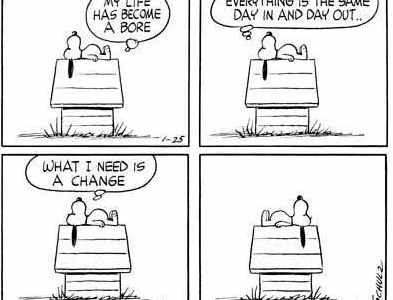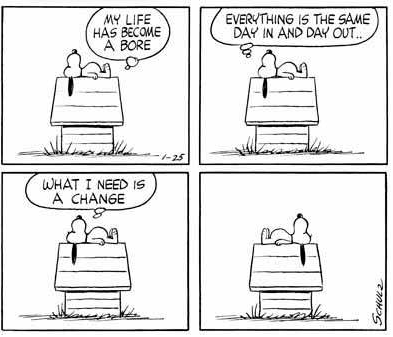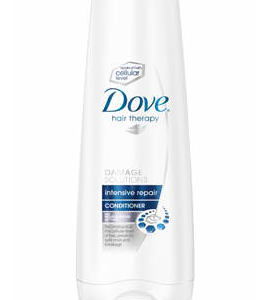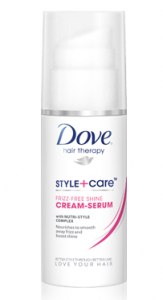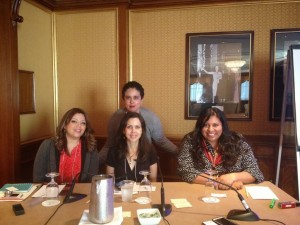In life,… OoooChild! In life we go through sooooo much. ONE thing I can tell you on this Post is that the way you choose to think after something happens, its what you make of it. You can make a hard situation harder, or you can acknowledged that something good may come out of that situation.
Here are Five simple steps to help you begin your positive Journey:
1. OBSERVE the positive:
Take a moment and ask yourself what are the people, things, behaviors and words that people say that are positive, and leave it at that (for now). Don’t go all worry wards and begin to think of the negative. Keep it at the positive. If you are a people watcher, don’t be jelly or caddy… really acknowledged and observe what makes people, your surrounding, the people around you positive.
Avoid saying, for Example: I love that about you, BUT i …. or I think thats awesome BUT… see what happens is that BUT negates everything you said before that was positive. Keep it simple. I like that. I love your sense of style. I like how you cook. NOT,I like how you cook BUT you could have added more salt. You know what people are saying to themselves when you say that? Here it goes… They are saying… “well darn it! you cook and how about you put your own damn salt!” You know most are. However, if you just say I liked your cooking. They will think “Oh she/he appreciates my co” AND do it genuinely. Because people can tell when you are faking it. (yes and this is just step one).
Summary of one: Keep it simple (unlike what I just did…LOL) I like….I think (insert positive).
2. Positive Writing
Take a journal and every morning or evening or lunch time… take 10-20 minutes to write down what you observed that was positive. What you witnessed that was positive. If you have children, write down the positives, if you have a spouse, write down hers/his positives down. Write down your positives. Again, let go of the worry or the “buts” and the “what ifs” and focus ONLY on the positives. It takes practice, you nor am I perfect… but you can do this.
Mental note helps. More so, by actually writing it, you are allowing your body to become synced with your positive thoughts. You are now feeling the positive. You are feeling the pen or pencil that is in fact putting out what you are thinking and making it more concrete. More real, it is no longer just a thought. It’s on paper.
*For families here is an idea: Take a paper lunch bag, have everyone design it in a family setting and everyday place a POSITIVE note (ONLY) in your family’s lunch bag. At the end of the day or week, read what awesome things your family members have thought about you.
3. Talk the Positive you observed and wrote.
Positive Self-Statements
First and up most, learn to give yourself a positive kudo. SOMETIMES…MOST TIMES if you are not saying, thinking, feeling positives about yourself, then you probably are not saying positives about others. Just saying… its known to be a behavioral pattern.
So begin with Positive self-statements. I like what I’m wearing, I like that I can laugh, I like that I’m learning to be a positive person… Use “I” statements, And throw in some (a lot of) Love… I love that I am a good woman/man. I love that I am alive, I love that I can cook, clean, do an awesome job (insert your job/work duties here) and I love that I can say I love! 🙂
4. Continue to talk positives.
Positive Statements
Now, steps three and four are usually interchanged. Why? because (based on providing therapeutic experience) most people who don’t think positive can talk about other’s positives first before talking about themselves or admitting their awesome-ness to their selves. And that is awesome. AS LONG as you work on your self too! I mean how can you tell someone their are awesome, and not see yourself for being awesome. That saying, “It takes one to know one?” well… it takes an awesome person to acknowledge an awesome person. Its in you.
Tell being what you see that’s awesome about them or something they like. I tend to be random because it makes people smile. I usually say “I think that dress, tie, looks good on you. Your rocking’ it!” Of course if i thinking it too. I have to be honest, most women tend to be able to give other women props for looking good. And it may be seen different with men. But hey! if your single ready to mingle, stroke that ego! stroke that ego!!! LOL
and Lastly
5. Believe in the positive.
Have conversations in a positive format.
Sometimes we lose practice of observing, recognizing, acknowledging, admitting, stating, reporting, living ours and other’s positivity that we become brittle folks. Don’t become a Brittle folk! Enjoy life. I mean your breathing for goodness sakes! Make sure you take advantage of that. Live, believe it and show it! I mean I’m Thirty *cough cough* something and I can’t believe I’m already in my thirties. now imagine you, you are either younger or more Mature (yeah you know you liked that!) than me, so make it good. Make it happen! Make is positive! Make it you! Make it life.
and
Smile (if you want to)




